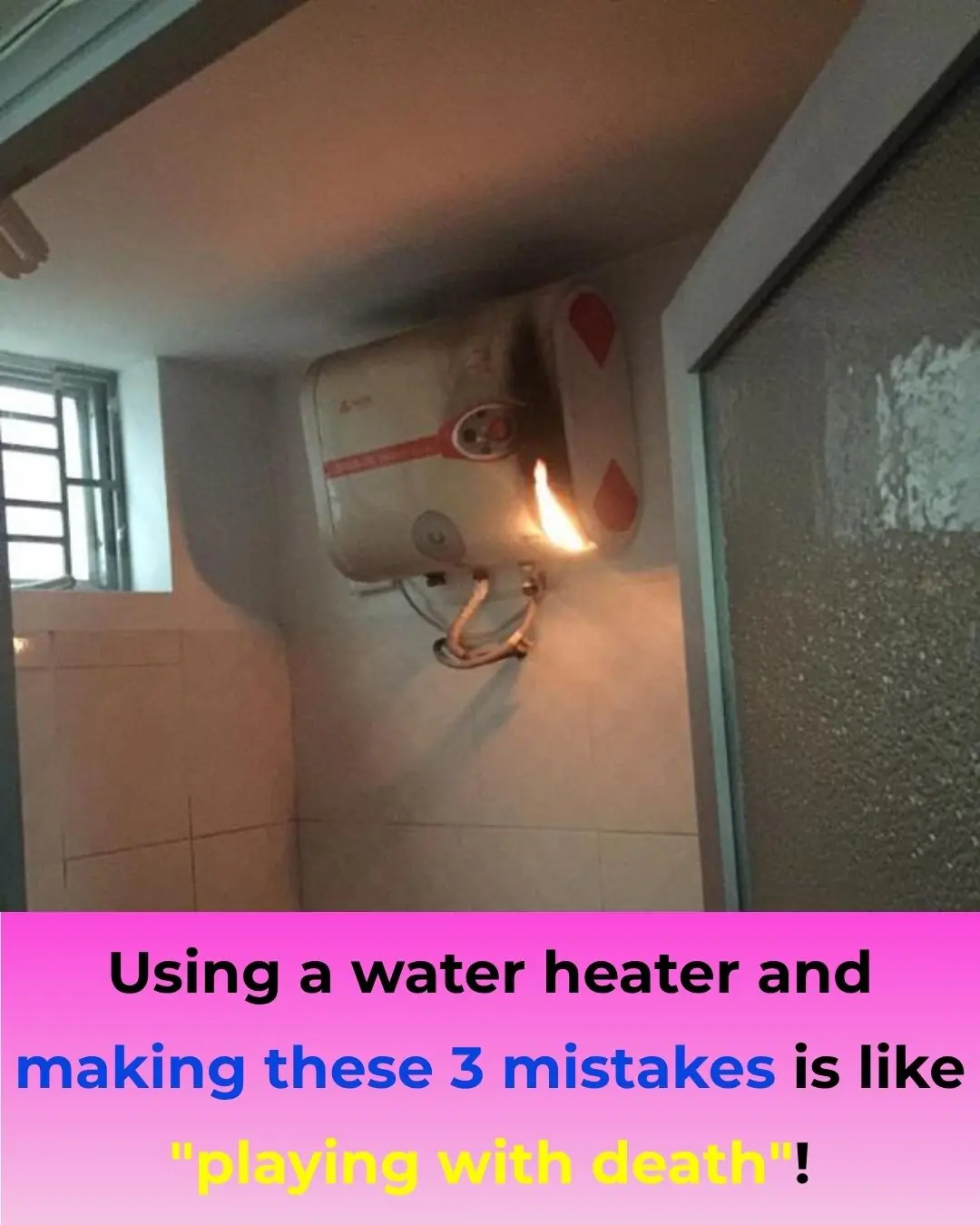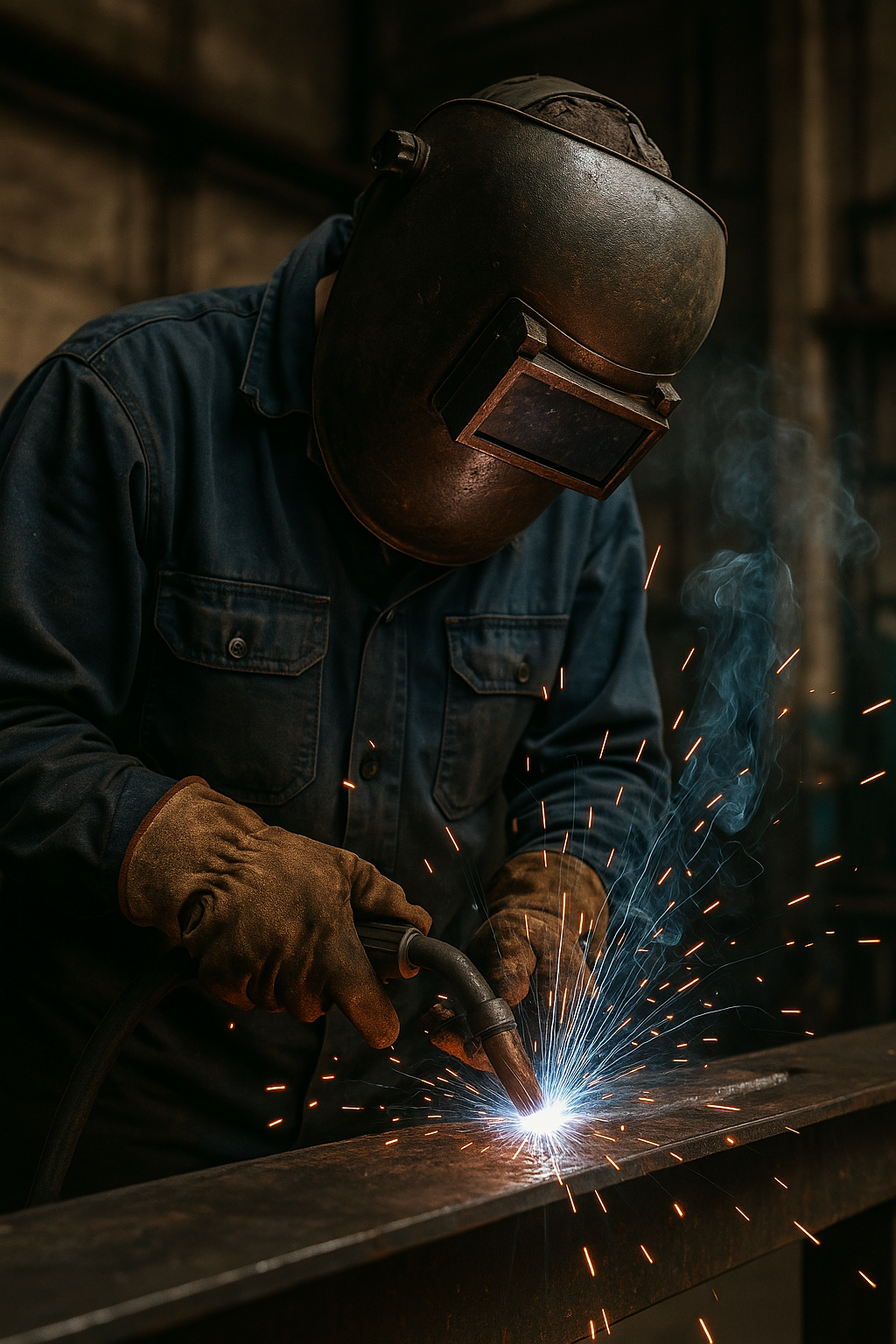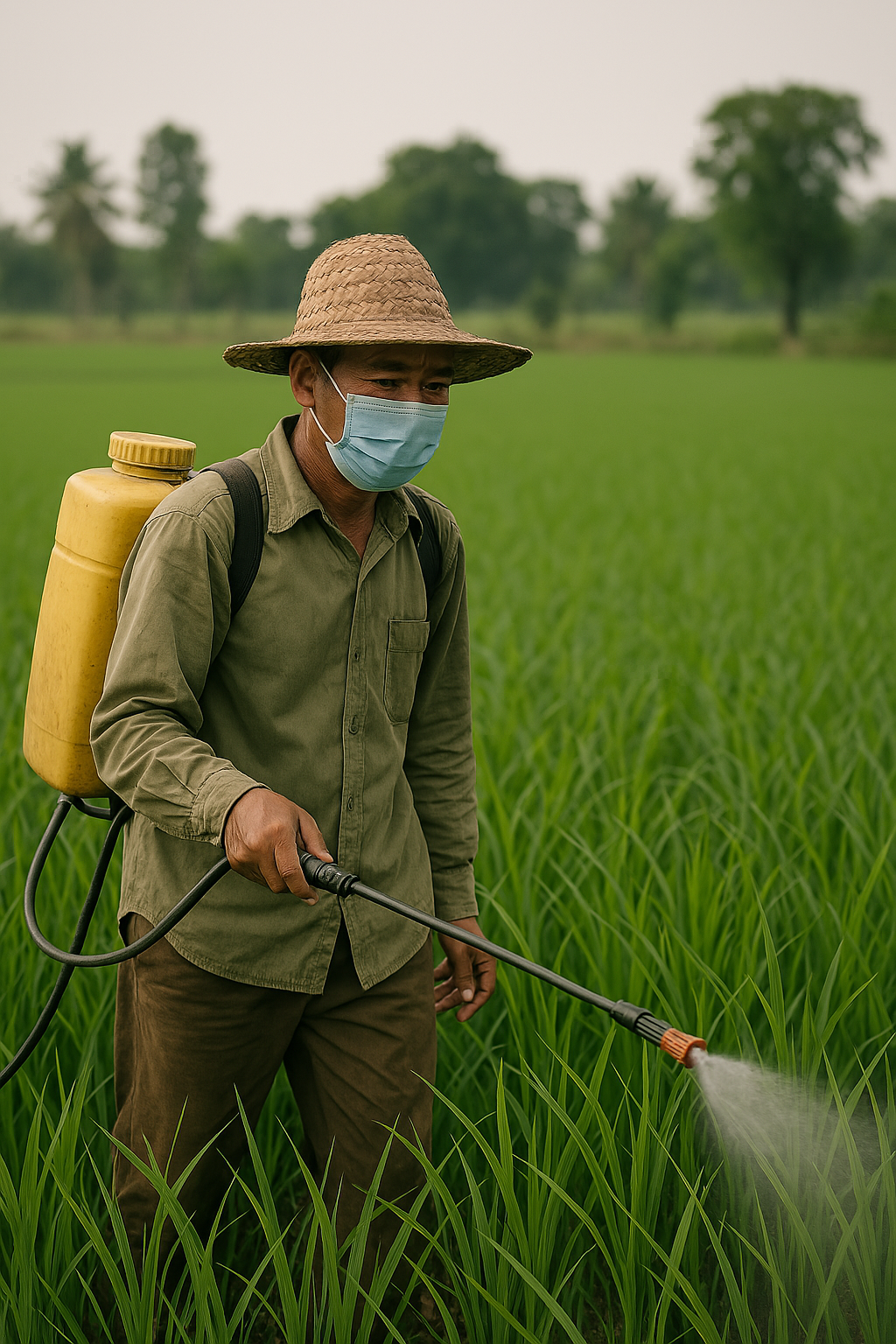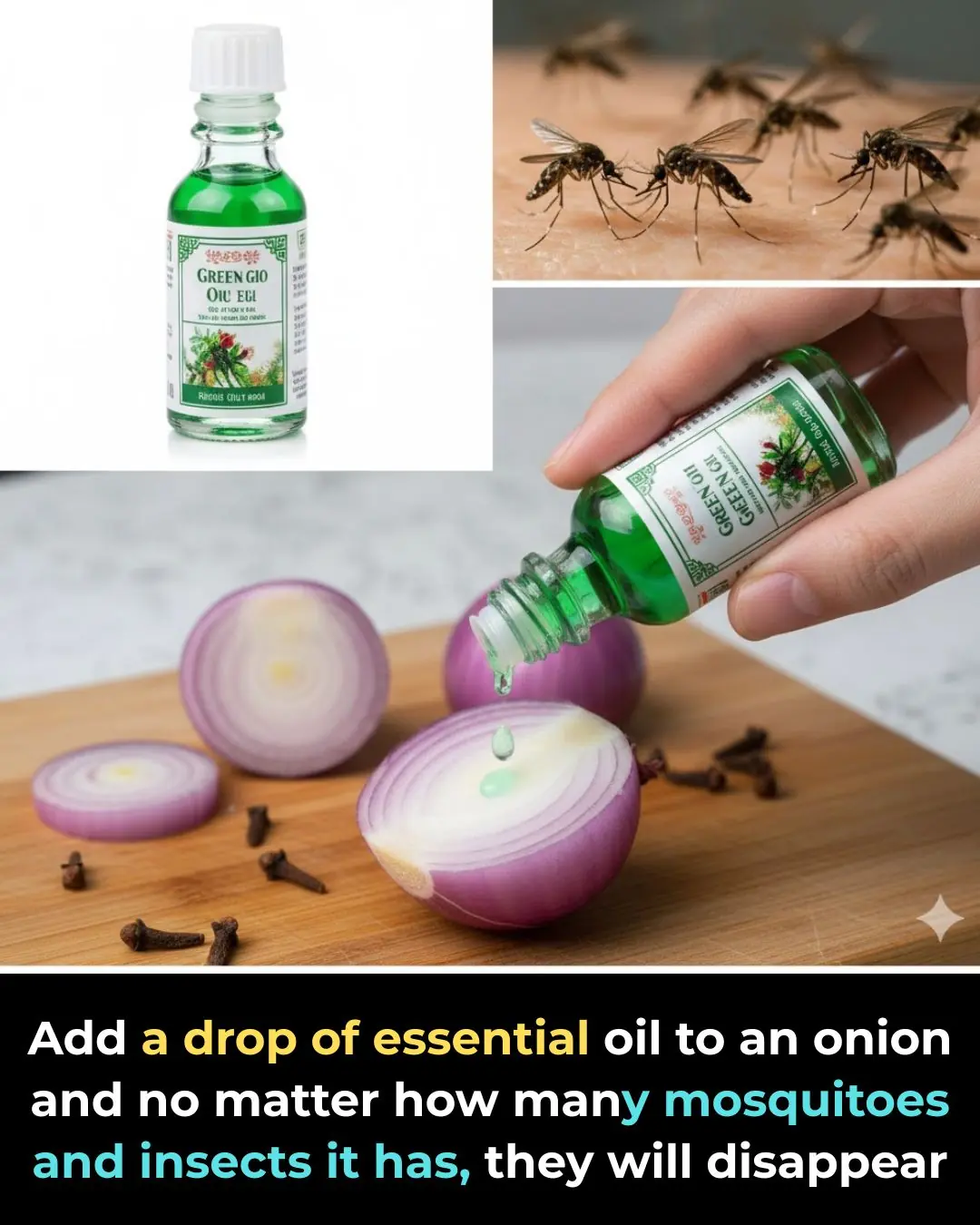
Top 10 Occupations with the Highest Risk of Cancer
Many jobs that seem harmless can actually carry a high risk of cancer due to exposure to chemicals, radiation, or lifestyle factors unique to the profession.
Cancer has become one of the leading causes of death worldwide. While genetics and lifestyle are often discussed as major risk factors, occupational exposure is an often overlooked but significant contributor. Certain professions require prolonged contact with toxic chemicals, radiation, or polluted environments, which can increase the likelihood of developing cancer above the general population average.
1. Construction Workers and Welders: Breathing in Danger Daily

According to the International Agency for Research on Cancer (IARC), construction workers frequently encounter asbestos (a known carcinogen banned in many countries), silica dust, and welding fumes. These exposures are directly linked to lung cancer, mesothelioma, and bladder cancer.
2. Hairdressers and Beauticians: Beauty Comes at a Cost
Hair products such as dyes, relaxers, and perms contain many harmful chemicals. Even in well-ventilated salons, prolonged exposure—especially to formaldehyde, classified by the WHO as a carcinogen—raises the risk of blood cancers and bladder cancer among hair professionals.
3. Healthcare Workers Exposed to Radiation: Saving Lives, Risking Theirs
Radiology staff, nuclear medicine technicians, and X-ray doctors face increased risks of thyroid cancer, multiple myeloma, and lymphoma if strict radiation safety protocols are not followed. Modern equipment has improved protection, but smaller clinics and hospitals may still lack adequate safeguards.
4. Pilots and Flight Attendants: High Altitude Hazards
Aircrew have higher rates of skin cancer (melanoma) due to frequent exposure to cosmic radiation at high altitudes. Constant jet lag and disrupted circadian rhythms can also affect the immune system, increasing the risk of breast and prostate cancer.
5. Chemical and Oil Industry Workers: Working in a “Powder Keg”
Employees in chemical plants and oil refineries are exposed to benzene, toluene, and formaldehyde, all confirmed carcinogens. This increases the risk of blood, liver, lung, and bladder cancers. Industrial zones in Vietnam, such as Bình Dương, Đồng Nai, and Bà Rịa – Vũng Tàu, have recorded numerous occupational-related cancer cases.
6. Farmers and Pesticide Applicators: Growing Food, Harvesting Risk

Ironically, those producing food are often exposed to harmful chemicals in fertilizers and pesticides. Substances like glyphosate, atrazine, and paraquat are linked to pancreatic, leukemia, and brain cancers. While many developed countries have restricted or banned these chemicals, their uncontrolled use is still common in rural areas of Vietnam.
7. Night Shift Workers: The Toll of a Disrupted Clock
Working night shifts disrupts the circadian rhythm and reduces production of melatonin, a natural antioxidant. This increases the risk of breast, prostate, and colorectal cancers. Nurses, factory workers, and security personnel are especially affected.
8. Firefighters: Heroes Fighting Fires, Facing Cancer Risks
When battling fires, firefighters inhale toxic gases and fine particles, particularly from older buildings containing asbestos. They have higher incidences of lung, bladder, and prostate cancers, despite generally good physical fitness and regular exercise.
9. Drivers and Transportation Workers: Silent Killer in Exhaust
Diesel exhaust, common in congested urban areas, contains PM2.5 particles, benzene, and polycyclic aromatic hydrocarbons, all recognized carcinogens. Sedentary work and irregular meals further increase the risk of colorectal cancer.
10. Office Workers: A Hidden but Real Threat
Even without chemical exposure, office workers face cancer risks due to sedentary lifestyles, chronic stress, and poor diet. Studies show those sitting more than 8 hours per day have higher chances of developing colorectal, breast, and endometrial cancers compared to more active individuals.
Take Action: Awareness Is Key
The goal of highlighting these occupational risks is not to create fear but to encourage preventive measures. Workers should be equipped with knowledge, protective equipment, regular health check-ups, and support from employers and authorities.
Simultaneously, everyone should maintain a healthy lifestyle: balanced diet, regular exercise, reduced alcohol and tobacco consumption, and routine cancer screenings. While cancer does not discriminate, understanding risks and taking preventive action—starting at the workplace—can significantly reduce your chances.
News in the same category


Just Minced Meat, But Made This Way, It Becomes Irresistibly Delicious

Women Who Drink Perilla Leaf Water with Lemon at These 3 Times: Brighter Skin and a Slim Waist

Why Is the Left Burner of a Gas Stove Not Ideal for Cooking?

Is It Dangerous to Stay Inside a Car During a Lightning Storm?

Tips to Distinguish Naturally Ripened Bananas from Chemically Ripened Ones

JUST MAKE THE RACK THIS WAY

Doctors reveal that eating guava causes...

The shower head is easily clogged after long use. This way, the dirt will drain away by itself and replace it with a new one

Boiling shrimp with a handful of these leaves makes the shrimp bright red, sweet meat, everyone praises it.

New Towels Feeling Sticky and Smelly? Soak Them in This to Make Them Clean

🧼 Here’s My Easy Way to Clean Oven Racks: Just One Bag & a Natural Soak

🍌 5 High-Fiber Foods That Naturally Support Digestion & Relieve Constipation

Crush a handful of these leaves and place them in the room.

Soaking vegetables in salt water is not as good as you think, if you want them clean, do it this way

Netizens compete to show off their secret tips for cleaning carved wooden tables and chairs to welcome Tet

Don't burn peach trees anymore: This is the way to help peach blossoms bloom, sprout, and still be brilliant after Tet

Add a drop of essential oil to an onion and no matter how many mosquitoes and insects it has, they will disappear
News Post

Many People Still Don’t Know The Meaning Behind Shoes Strung Up On A Power Line

Arnold Schwarzenegger’s Son Continues His Impressive Weight-Loss Journey

‘Get Out!’: Black Woman Banned from Restaurant After Refusing to Tip Waitress with ‘a Disgusting Attitude,’ But She Doesn’t Back Down, Video Shows

Stephen Hawking Predicts the End of the World Is Nearer Than We Think

Caroline Flack’s ex Lewis Burton says he’s received ‘online abuse’ in rare statement over Disney documentary

The Viral 70LB Baby That Was Featured On Jerry Springer Is All Grown Up, And You Better Sit Down Before Seeing Him Today

The Viral 70LB Baby That Was Featured On Jerry Springer Is All Grown Up, And You Better Sit Down Before Seeing Him Today

‘Wanna be from the Trenches So Bad’: Tiny Harris Claps Back After T.I. Embarrasses Son King at Their Grandchild’s First Party

3 Deadly Mistakes People Make with Water Heaters – Don’t Risk Your Life

The surprising vitamin that helps break down leg clots—are you getting enough?

Just Minced Meat, But Made This Way, It Becomes Irresistibly Delicious

Prince William steps out with King Charles for special Windsor Castle reception to mark Remembrance Day

Women Who Drink Perilla Leaf Water with Lemon at These 3 Times: Brighter Skin and a Slim Waist

Why Is the Left Burner of a Gas Stove Not Ideal for Cooking?

Kelly Brook ‘horrified’ as GP offers her weight-loss jabs ahead of I’m A Celebrity stint: ‘I love my curves!’

Is It Dangerous to Stay Inside a Car During a Lightning Storm?

Tips to Distinguish Naturally Ripened Bananas from Chemically Ripened Ones

Meghan Markle shares video of Prince Harry in Afghanistan in Veterans Day message
